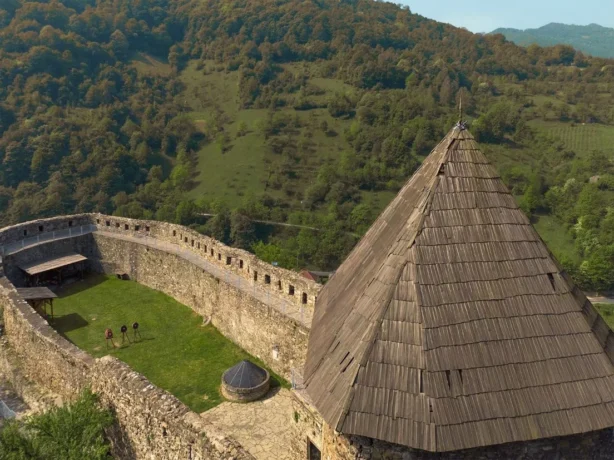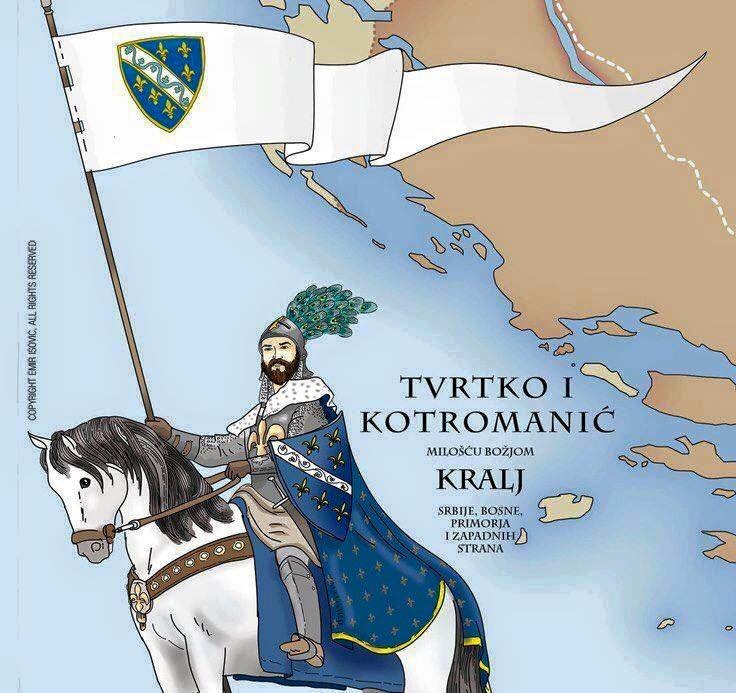
King Tvrtko Kotromanić, an important figure in the history of Bosnia, played a crucial role in shaping the medieval Bosnian Kingdom. Born in 1338, he was the son of Ban Stephen II Kotromanić and his wife, a member of the local nobility. His birthplace, likely the town of Bobovac, was central to the political landscape of Bosnia during the 14th century. This period was marked by a complex socio-political context, characterized by feudal fragmentation, constant internal strife, and external threats from neighboring powers, such as the Hungarian and Ottoman empires.
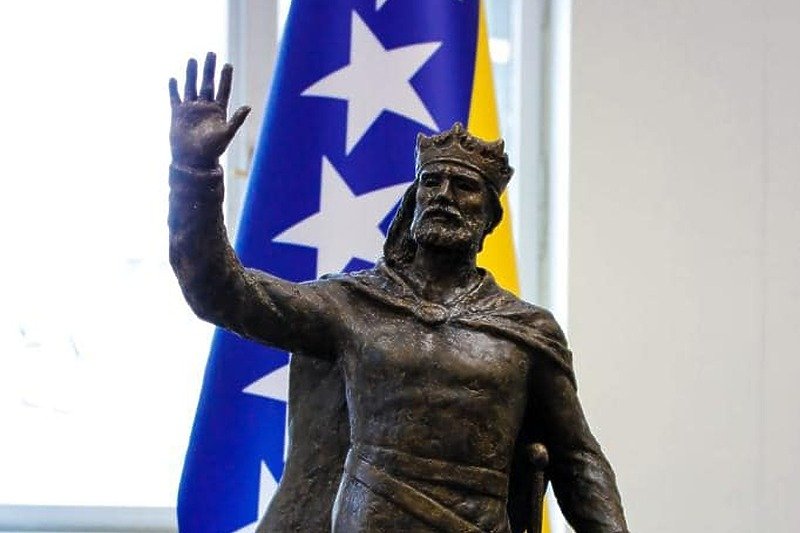
Tvrtko’s lineage is noteworthy for its ties to the indigenous nobility, and often it is seen as a conduit for his claim to power. His ancestry can be traced back to the esteemed Kotromanić family, whose members had significant influence in the region. In 1353, following the death of his cousin, Ban Tvrtko I ascended to the throne, marking the beginning of a robust reign. His elevation to kingship represented not just a continuation of the Kotromanić line, but a pivotal moment for Bosnia as it sought to assert its independence and sovereignty amid the overwhelming power dynamics of the era.
His reign from 1353 to 1391 was marked by both consolidation of power and expansion of the kingdom’s territory. King Tvrtko’s diplomatic maneuvers and military campaigns enabled him to extend Bosnian influence beyond traditional borders, establishing alliances with neighboring regions and asserting Bosnian claims over substantial areas, including parts of modern-day Serbia, Croatia, and Montenegro. This expansion laid the groundwork for a more unified state, fostering collective identity amongst the diverse populations within his kingdom.
Political Achievements and Expansion of the Kingdom
King Tvrtko Kotromanić, who ruled the Bosnian Kingdom in the 14th century, stands out as a significant figure in medieval European history for his formidable political accomplishments and territorial expansion. His reign was marked by astute diplomacy, military endeavors, and strategic marriages that solidified his power and enhanced the influence of the Bosnian state.
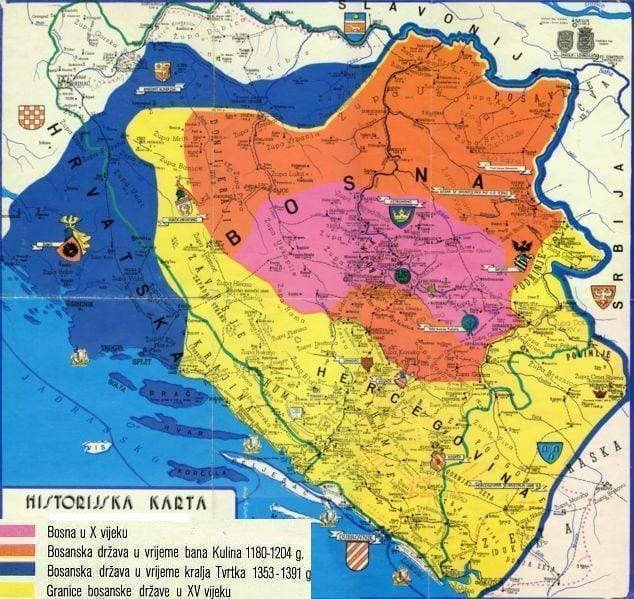
One of Tvrtko’s notable political achievements involved alliances through marriage that bolstered his legitimacy and territorial claims. By marrying into influential noble families, he was able to secure loyalty and alliances that were critical during a time of regional instability. For instance, his marriage to the daughter of the Serbian king enabled him to assert claims over parts of Serbia and further integrate his kingdom into the region’s complex political landscape.
Military campaigns during his reign played a pivotal role in expanding the kingdom’s borders. Tvrtko’s most significant military action was the conquest of the coastal city of Dubrovnik in 1390, which not only increased his wealth but also enhanced his political stature across the Adriatic Sea. His ability to win key battles can be attributed to his strategic alliance with various vassals and local leaders, creating a coalition that proved formidable against external threats.
Historical documents, including charters and treaties, provide insight into Tvrtko’s diplomatic maneuvers. The 1377 royal charter, which declared his intentions to strengthen the influence of the Bosnian crown, marked an important milestone in his governance style. This document and others reveal a ruler who carefully balanced military might with diplomacy, navigating complex relationships with neighboring states, including Hungary and Serbia.
Through these political and military strategies, King Tvrtko Kotromanić not only expanded the territory of the Bosnian Kingdom but also established a legacy that would influence the region for centuries to come. His reign set the foundation for the development of a unified Bosnian identity, asserting the kingdom’s place within the broader context of medieval Europe.
Cultural Contributions and Legacy
King Tvrtko Kotromanić played a pivotal role in fostering the cultural landscape of Bosnia during the medieval period. His reign marked an era of significant advancements in the arts, education, and religion, which collectively contributed to establishing a distinct Bosnian identity. Under his rule, the kingdom witnessed the flourishing of various artistic expressions, including literature, music, and visual arts. Tvrtko’s patronage of artists and educators helped nurture a vibrant cultural environment that encouraged intellectual discourse and innovation.
One of the most notable contributions of Tvrtko was his commitment to architecture. He oversaw the construction of magnificent structures, which remain testaments to his vision and dedication to the kingdom. The establishment of the monumental churches and fortresses not only enhanced the spiritual life but also served as symbols of national pride. Among these structures, the Cathedral of Saint Mary in Visoko and the fortress of Bobovac stand out, illustrating the architectural prowess of the time and the integration of Byzantine and Gothic influences.
Additionally, King Tvrtko placed a strong emphasis on the promotion of education. He was instrumental in the founding of schools that provided instruction in various subjects, such as mathematics, philosophy, and the sciences. This focus on educational reforms allowed for the cultivation of a literate and educated populace, further enriching the cultural fabric of the kingdom.
Tvrtko’s legacy extends beyond his reign, influencing modern Bosnian identity and historical narratives surrounding the Kotromanić dynasty. His contributions to religion and cultural development laid the groundwork for a cohesive national identity, which continues to resonate in contemporary Bosnia. The cultural projects initiated during his rule set the stage for future generations to build upon, ensuring that the impact of his reign remains a significant part of Bosnia’s heritage.
Contemporary Perspectives and Historical Interpretations
King Tvrtko Kotromanić, often regarded as one of the most significant figures in Bosnian history, elicits varied perspectives in modern discourse. Contemporary interpretations of his legacy are marked by a mix of admiration and critical analysis, reflecting the complex socio-political fabric of Bosnia and Herzegovina today. As scholars and citizens alike examine his reign from the 14th century, the interpretations reveal both a unifying national icon and a contentious historical figure, depending on the lens through which his contributions are viewed.
Exhibitions, documentaries, and educational materials have played a crucial role in shaping public perception of Tvrtko. Many initiatives aim to highlight his achievements, including the establishment of the Bosnian Kingdom and its cultural advancements. For instance, recent exhibitions in museums throughout Bosnia often showcase artifacts from his time, emphasizing the era’s importance in national history. These materials aim to cultivate a collective memory that fosters national pride among Bosnians, especially among younger generations who engage with these narratives through modern platforms.
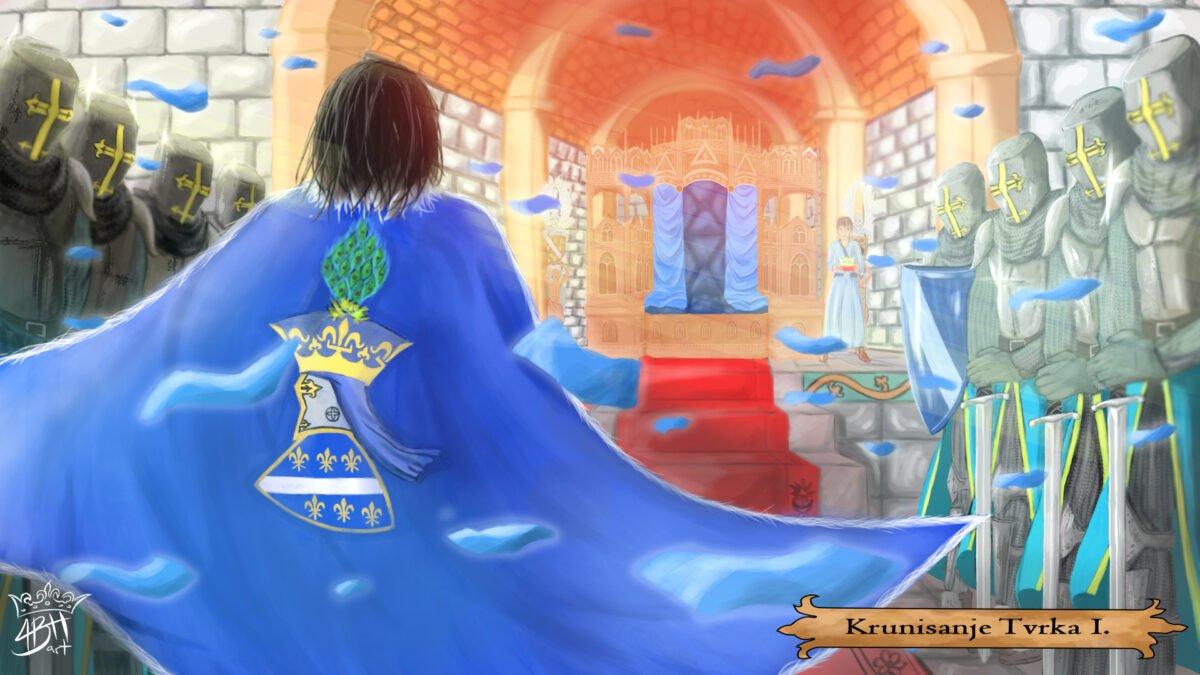
However, historical revisionism has also emerged as a significant theme in discussions about King Tvrtko. Some interpretations seek to downplay his role or reinterpret events surrounding his reign, raising questions about the implications of these alternative narratives. Such efforts often stem from differing ethnic perspectives within the region. Consequently, the legacy of Tvrtko becomes a reflection of contemporary struggles for identity and belonging as the country grapples with its past.
The ongoing discourse on King Tvrtko Kotromanić, therefore, not only exemplifies how historical figures are remembered but also underscores their importance in shaping national identity today. The varied perspectives surrounding him reinforce the notion that history is not merely a collection of facts but a living narrative continuously influenced by current societal dynamics.
